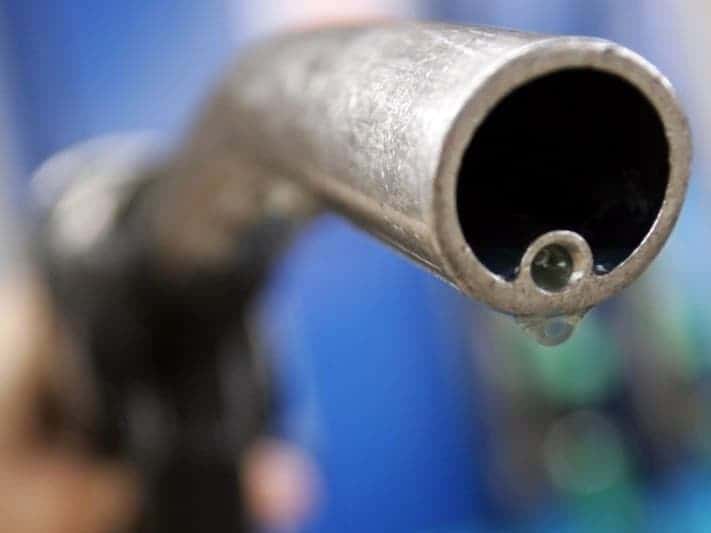In 2020, as the coronavirus locked down country after country, many energy industry observers and even participants floated the argument that this was the end of the oil era. Demand, these commentators said, had peaked. From now on, it will be a downward spiral for it, they said. These predictions did not age well.
Just a year into the pandemic, economies were reopening, growing, and unsurprisingly for many, consuming more crude oil. Last September, Bloomberg reported that some of the world’s biggest economies had seen a rebound in oil demand to pre-pandemic levels and even further growth on top of these levels.
Now, two years into the pandemic and with hopes it could be the last one for infection waves, oil demand is still going strong despite the fresh scare of the Omicron variant. Analysts are predicting higher oil prices still, citing limited capacity, insufficient investment in new production, and the strength of demand.
The International Energy Agency this week expressed its surprise with this demand strength. The IEA, it seems, had assumed that for some reason or another, oil demand growth would slow down. Perhaps the assumption had something to do with the agency’s own energy forecasts that see massive growth in wind and solar power generation capacity and a strong increase in EV adoption, with the latter directly affecting oil demand. Yet its assumption proved to be quite wrong.
“Demand dynamics are stronger than many of the market observers had thought, mainly due to the milder Omicron expectations,” the IEA’s chief, Fatih Birol, said this week. Translated, this statement means that the IEA expected more national lockdowns to prevent the spread of the new coronavirus variant. Yet more severe lockdowns were quite unlikely this time around—even the wealthiest economies would find it hard to cope with another shutdown of their economies, so they are approaching this Omicron wave more carefully than previous ones.
“We see some of the key producers including Nigeria, Libya and also Ecuador that have serious supply disruptions,” Birol also said, echoing concern by analysts that the supply side of the global oil equation is as problematic as the demand side. Ecuador is already restoring production after it repaired two important pipelines. Libya continues to be a wild card, and Nigeria is struggling but determined to boost its oil production.
This is the present state of oil fundamentals. The future may look different. For one thing, the underinvestment problem is becoming increasingly grave. Both OPEC and the IEA—the latter which has rebranded itself as a champion of the energy transition—have warned that the world needs more new oil discoveries.
The only reason for this could be that demand is not dying as fast as hoped by all the champions of the energy transition. Yet Big Oil is curbing its oil output because of transition pressure, and this would mean not just fewer new discoveries because of lower investment in exploration but also lower output from some of the biggest producers out there. This would swing the burden of supply more to OPEC+ whose spare capacity is shrinking, just like European Big Oil’s output.
The oil demand outlook appears to be so bullish that even U.S. shale drillers have begun boosting their production despite a pandemic-induced rearrangement of priorities that saw them focus on returning cash to shareholders and forego production growth. With oil exports last year hitting record highs, failing to take advantage of the opportunity to supply a higher portion of the oil an energy-hungry world needs would have been a little odd.
“The consumption of oil and gas has to diminish, demand has to decline,” the IEA’s Birol said earlier this month in comments on a Canada-focused report. “There is no way out. But I wanted to make clear that a declining demand doesn’t mean tomorrow they will be zero.”
The statement echoes one made by President Biden when he was criticized for asking OPEC to pump more oil while at the same time pushing a green transition-heavy agenda at home. Biden argued the two were not mutually exclusive because the transition took time.
“On the surface, it seems like an irony,” Biden said earlier this month, referring to his call on OPEC+ to add more oil production while heading for COP26 to discuss the reduction of global emissions. “But the truth of the matter is … everyone knows that idea that we’re going to be able to move to renewable energy overnight … it’s just not rational.”
Indeed, despite calls from some more radical environmentalist groups to do exactly that, oil and gas production cannot be stopped overnight to ensure a clear path towards the 2050 net-zero goals. But even the decline that the IEA’s Birol correctly sees as essential for the achievement of the Paris Agreement goals might prove a tough nut to crack. Unless, of course, governments resort to a series of bans and mandates to point their citizens in the right direction. Come to think of it, some are already doing just that.

